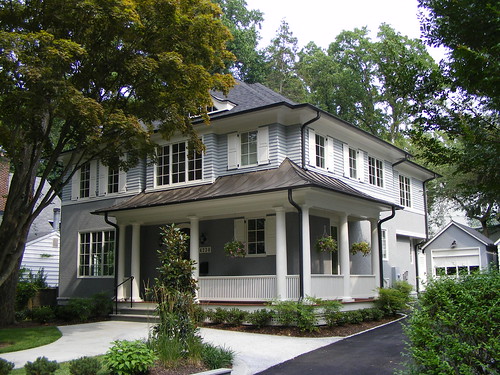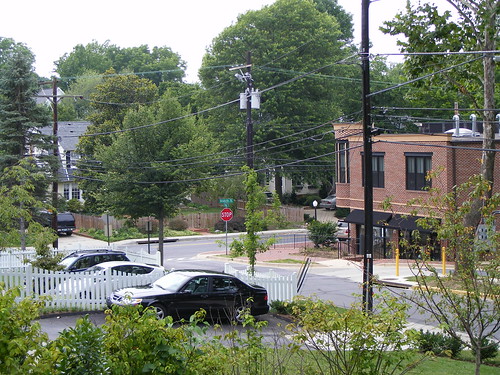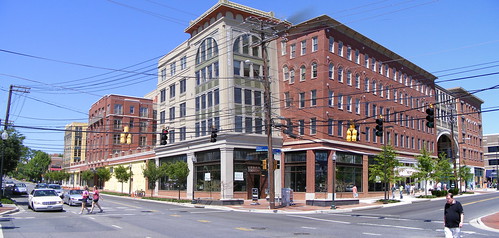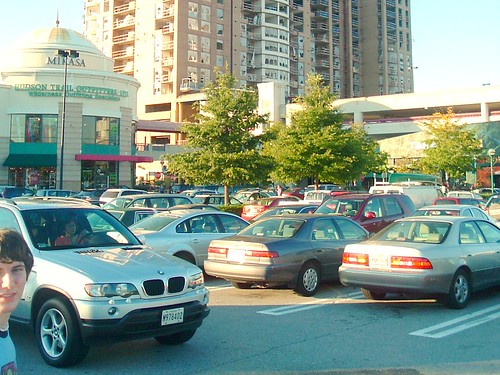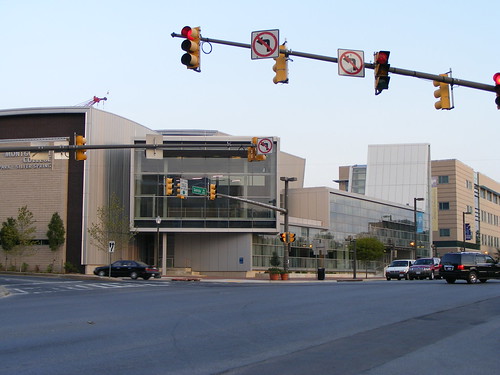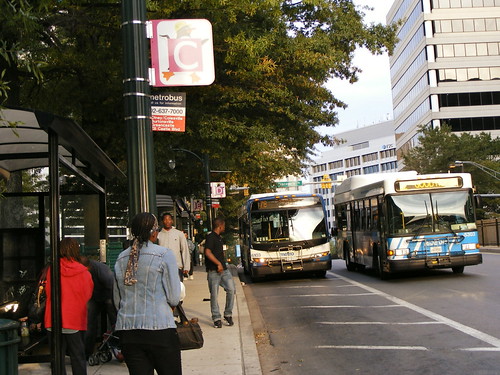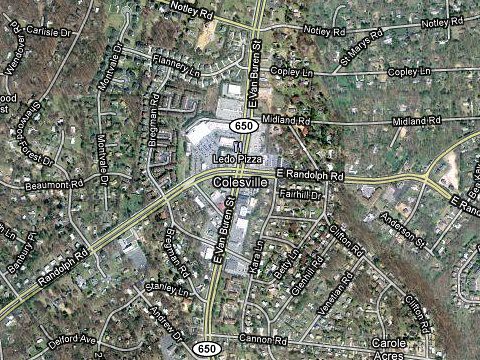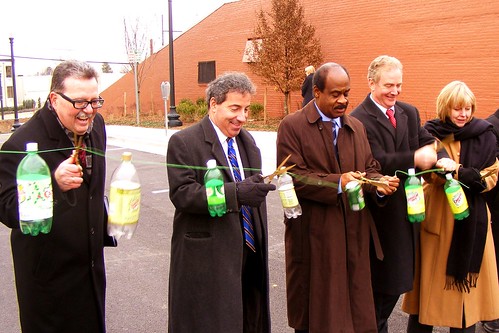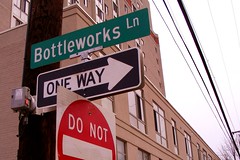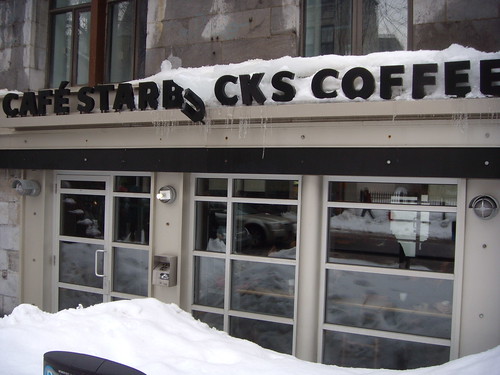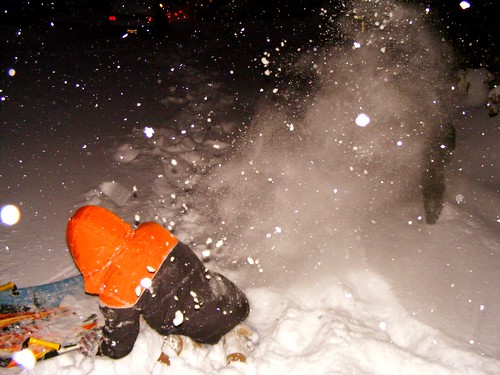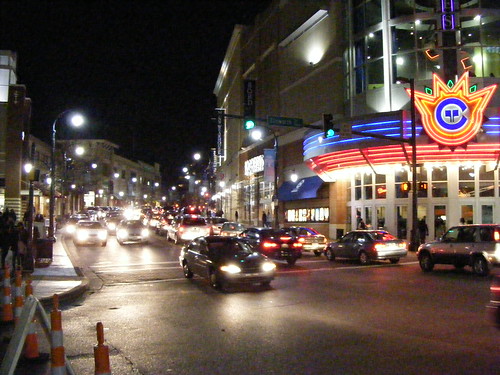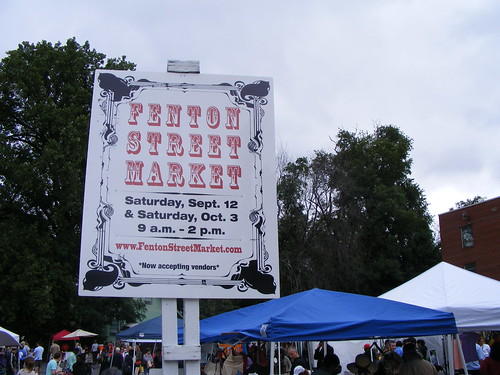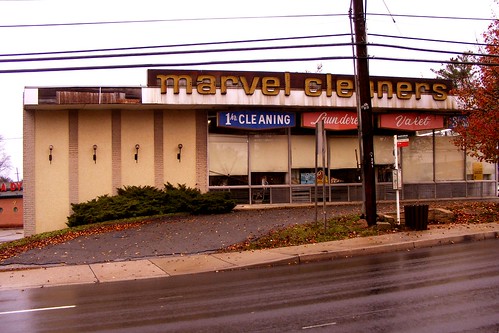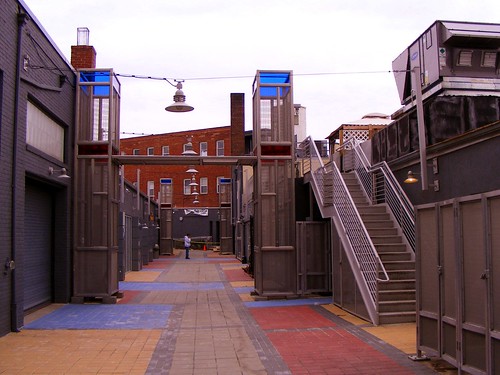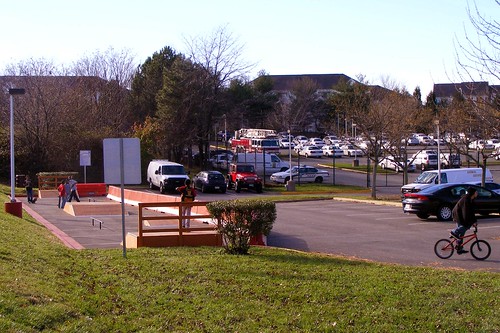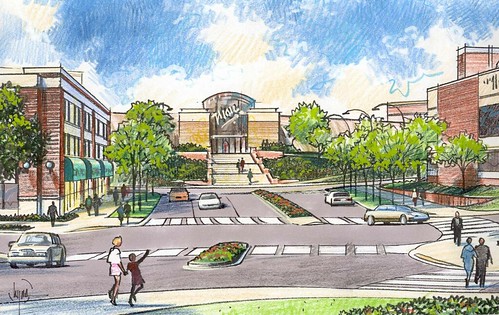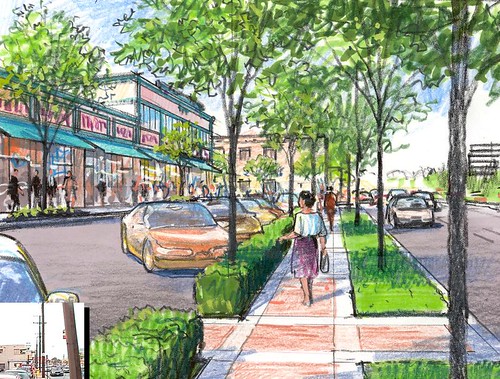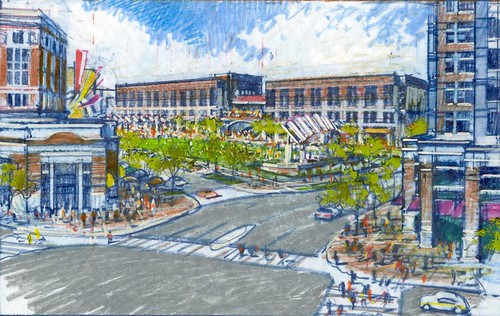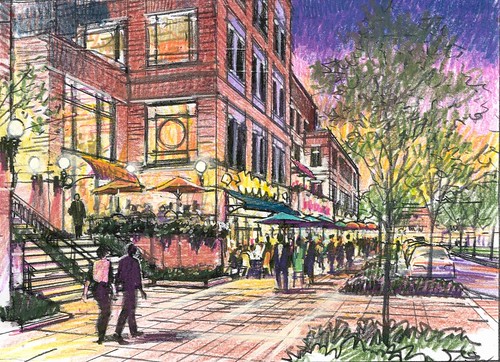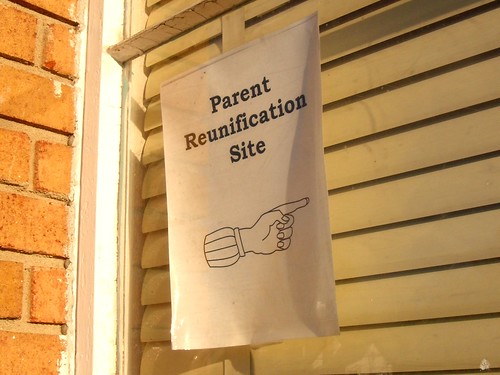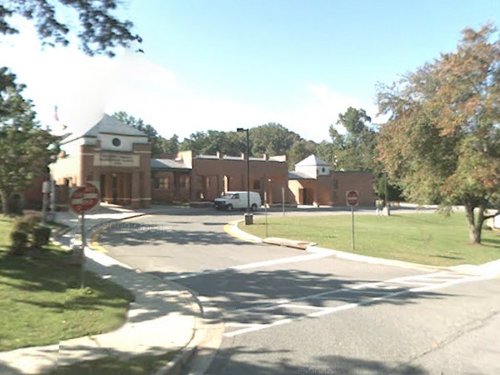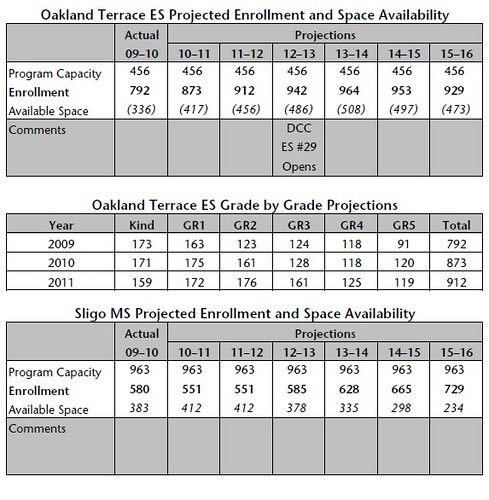Perhaps a decade in retrospective would be more appropriate, but this blog has only been around for a third of the 'aughts, so there wouldn't be much to show for the first six or so years. 2009 was for many a downer personally, but it was a rough year for East County as well. We lost many of our community leaders, several of our favorite gathering places closed or moved away, and the revitalization of Downtown Silver Spring faltered in more ways than one. But there's still a little bit of hope for 2010. I think. (Keep your fingers crossed.)
JANUARY
- The Planning Board and County Council both endorse the Purple Line as a light-rail transitway between New Carrollton and Bethesda.
- District 4 Councilmember Don Praisner passes away, almost a year to the day his wife, former Councilmember Marilyn Praisner, died.
FEBRUARY
- "All I Want Is You" by Burtonsville singer-songwriter Barry Louis Polisar appears on the Grammy-winning soundtrack to the 2008 movie Juno.
- School board and community leaders question the usefulness of the Downcounty and Northeast consortia, which give East County eighth-graders a choice of eight high schools offering different signature programs.
MARCH
- The first project in the country to receive funding under President Obama's stimulus plan is the repaving of New Hampshire Avenue in Colesville, which hadn't been done since 1992.
- Fights break out following a youth-organized "Stop the Violence" concert on Ellsworth Drive in Downtown Silver Spring, leading to 35 arrests.
APRIL
- In primary elections for the open District 4 Councilmember seat, Nancy Navarro wins the Democratic nomination and Robin Ficker wins the Republican nomination.
- Civic activist Wayne Goldstein dies of a heart attack. A longtime fixture at any County government meeting, he was on his way to a public hearing at the Board of Appeals.
MAY
- The first annual Silver Spring Blues Festival is held on Ellsworth with an afternoon of performances by blues greats including Memphis Gold.
- Nancy Navarro wins the District 4 Councilmember seat, becoming only the second person to represent East County since the district was created in 1990.
JUNE
- At a series of raucous community meetings, White Oak residents protest plans to build affordable housing next to the new 3rd District Police Station site near New Hampshire Avenue and Route 29.
- The County considers shutting down Sligo Creek Golf Course, causing an outcry among local golfers. A seventeen-member task force is created to devise ways to keep the course open.
JULY
- The Burtonsville Dutch Country Farmers Market, a local institution for over twenty years, announces that they'll finally be closing as the Burtonsville Shopping Center is razed and redeveloped.
- Civic activist and Fairland resident Stuart Rochester passes away after a long battle with melanoma.
AUGUST
- A black lesbian couple is kicked out of the Tastee Diner in Downtown Silver Spring for allegedly making out and stage a sit-in in protest.
- Governor Martin O'Malley endorses the Purple Line as a light-rail transitway between New Carrollton and Bethesda, joining the Montgomery and Prince George's county councils and countless other federal, state and local leaders.
SEPTEMBER
- The Fenton Street Market starts in East Silver Spring, seeking to draw visitors to the neighborhood with a roving flea market atop one of its many parking lots.
- Burtonsville holds its 19th annual Burtonsville Day festival, complete with a parade.
OCTOBER
- The County unveils images of the new Silver Spring Library, set to be built at Fenton Street and Wayne Avenue. When completed in 2012, the complex will hold shops, public meeting space, a Purple Line stop and an art gallery, in addition to books.
- A new pedestrian street opens in Downtown Wheaton that was formerly home to Barry's Magic Shop, a venerated local institution. It isn't long until local shopkeepers start complaining that the walkway is taken over by skater kids.
NOVEMBER
- The Burtonsville Dutch Country Farmers Market re-opens several miles away in Laurel.
- Over two years after first announcing plans to open a Fillmore music hall in Downtown Silver Spring, Montgomery County finally signs an agreement with the Lee Development Group and Live Nation, who will build and run the new venue on Colesville Road.
DECEMBER
- The new Wheaton CBD Sector Plan, which will guide growth in Downtown Wheaton over the next twenty years, taller buildings and a town square for the business district.
- This evening, Mayorga Coffee Roasters closes its flagship store, a gathering place in South Silver Spring for ten years and linchpin of the neighborhood's revitalization.
JANUARY
- The Planning Board and County Council both endorse the Purple Line as a light-rail transitway between New Carrollton and Bethesda.
- District 4 Councilmember Don Praisner passes away, almost a year to the day his wife, former Councilmember Marilyn Praisner, died.
FEBRUARY
- "All I Want Is You" by Burtonsville singer-songwriter Barry Louis Polisar appears on the Grammy-winning soundtrack to the 2008 movie Juno.
- School board and community leaders question the usefulness of the Downcounty and Northeast consortia, which give East County eighth-graders a choice of eight high schools offering different signature programs.
MARCH
- The first project in the country to receive funding under President Obama's stimulus plan is the repaving of New Hampshire Avenue in Colesville, which hadn't been done since 1992.
- Fights break out following a youth-organized "Stop the Violence" concert on Ellsworth Drive in Downtown Silver Spring, leading to 35 arrests.
APRIL
- In primary elections for the open District 4 Councilmember seat, Nancy Navarro wins the Democratic nomination and Robin Ficker wins the Republican nomination.
- Civic activist Wayne Goldstein dies of a heart attack. A longtime fixture at any County government meeting, he was on his way to a public hearing at the Board of Appeals.
MAY
- The first annual Silver Spring Blues Festival is held on Ellsworth with an afternoon of performances by blues greats including Memphis Gold.
- Nancy Navarro wins the District 4 Councilmember seat, becoming only the second person to represent East County since the district was created in 1990.
JUNE
- At a series of raucous community meetings, White Oak residents protest plans to build affordable housing next to the new 3rd District Police Station site near New Hampshire Avenue and Route 29.
- The County considers shutting down Sligo Creek Golf Course, causing an outcry among local golfers. A seventeen-member task force is created to devise ways to keep the course open.
JULY
- The Burtonsville Dutch Country Farmers Market, a local institution for over twenty years, announces that they'll finally be closing as the Burtonsville Shopping Center is razed and redeveloped.
- Civic activist and Fairland resident Stuart Rochester passes away after a long battle with melanoma.
AUGUST
- A black lesbian couple is kicked out of the Tastee Diner in Downtown Silver Spring for allegedly making out and stage a sit-in in protest.
- Governor Martin O'Malley endorses the Purple Line as a light-rail transitway between New Carrollton and Bethesda, joining the Montgomery and Prince George's county councils and countless other federal, state and local leaders.
SEPTEMBER
- The Fenton Street Market starts in East Silver Spring, seeking to draw visitors to the neighborhood with a roving flea market atop one of its many parking lots.
- Burtonsville holds its 19th annual Burtonsville Day festival, complete with a parade.
OCTOBER
- The County unveils images of the new Silver Spring Library, set to be built at Fenton Street and Wayne Avenue. When completed in 2012, the complex will hold shops, public meeting space, a Purple Line stop and an art gallery, in addition to books.
- A new pedestrian street opens in Downtown Wheaton that was formerly home to Barry's Magic Shop, a venerated local institution. It isn't long until local shopkeepers start complaining that the walkway is taken over by skater kids.
NOVEMBER
- The Burtonsville Dutch Country Farmers Market re-opens several miles away in Laurel.
- Over two years after first announcing plans to open a Fillmore music hall in Downtown Silver Spring, Montgomery County finally signs an agreement with the Lee Development Group and Live Nation, who will build and run the new venue on Colesville Road.
DECEMBER
- The new Wheaton CBD Sector Plan, which will guide growth in Downtown Wheaton over the next twenty years, taller buildings and a town square for the business district.
- This evening, Mayorga Coffee Roasters closes its flagship store, a gathering place in South Silver Spring for ten years and linchpin of the neighborhood's revitalization.

